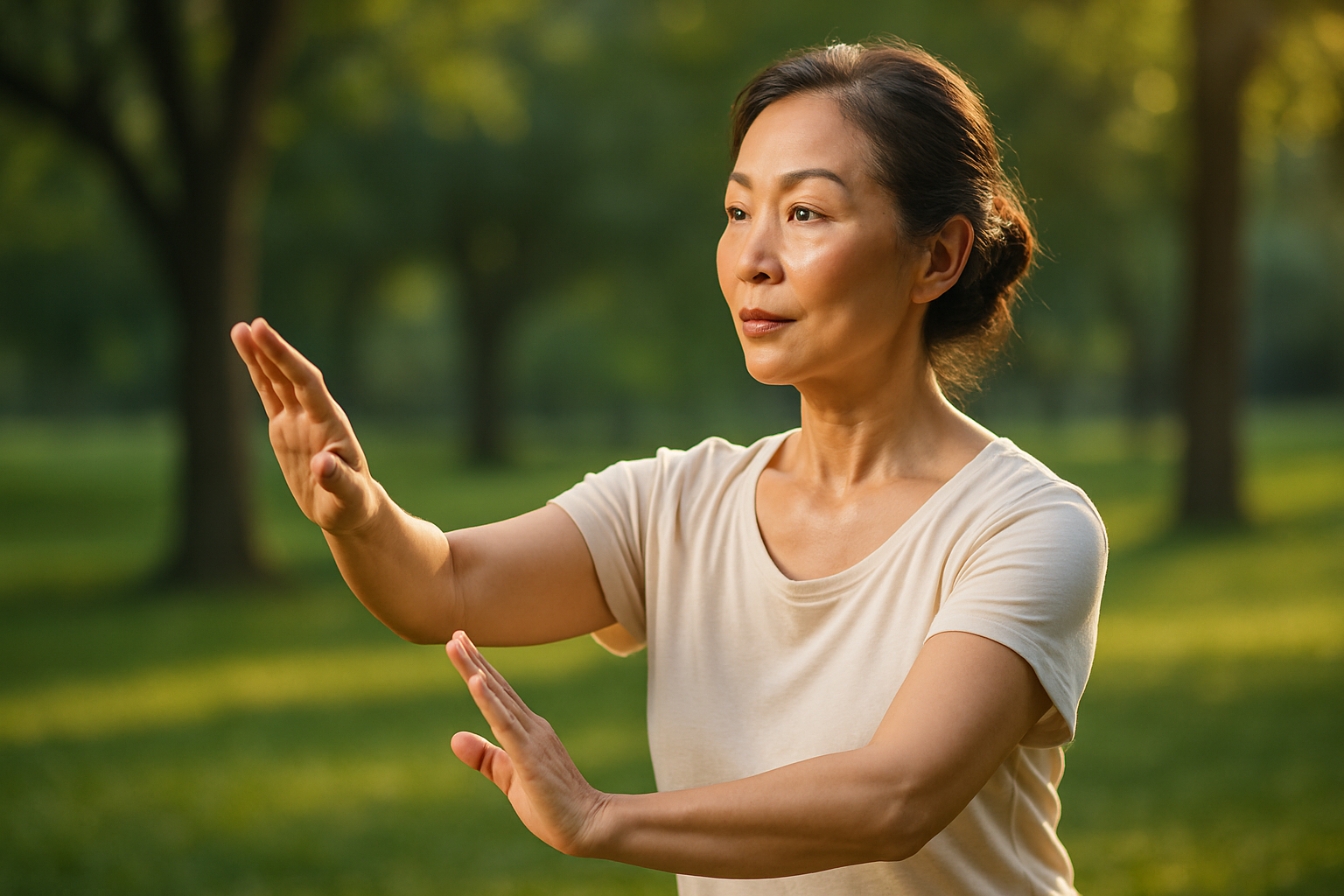Breathwork and Mobility: Planning Movement-Focused Travel
Designing a movement-focused trip blends breathwork, mobility training, and cultural immersion to create restorative travel. This teaser outlines practical planning steps to build an itinerary that supports mindfulness, flexibility, relaxation, and sustainable travel choices.

Planning a movement-focused trip means more than packing a mat and booking a retreat. Thoughtful travel supports breathwork, mobility and mindful practices while allowing space for local culture and recovery. When you plan with intention—considering daily pacing, accessible local services, and simple tools for practice—you can maintain consistency in meditation and asana, enhance flexibility, and arrive home feeling restored rather than exhausted.
This article is for informational purposes only and should not be considered medical advice. Please consult a qualified healthcare professional for personalized guidance and treatment.
Breathwork and meditation practices
Breathwork and meditation anchor movement-focused travel by providing accessible, low-equipment ways to center before and after activity. Simple breath techniques can be practiced on a plane, in a park, or at a bedside to lower travel-induced stress and support focus for asana sessions. Integrating short guided meditations into a daily routine — even 5–15 minutes — helps maintain mindfulness and offers a portable tool for managing jet lag and transit fatigue.
Mobility and flexibility planning
Prioritize mobility by building sessions that complement travel days and excursions. Plan brief mobility circuits that require minimal space: joint circles, hip openers, thoracic rotations, and hamstring releases. These can preserve range of motion and reduce stiffness from long transfers. Schedule more intensive flexibility work on days with lighter activities to allow tissues to adapt, and balance dynamic movement with restorative positions to avoid overloading already fatigued muscles.
Asana, stretch and functional movement
Choose asana sequences that emphasize functional strength and fluid movement rather than extreme holds. Flow-based sequences that combine breathwork with movement help integrate flexibility and strength while keeping the practice adaptable to varying energy levels. Incorporate targeted stretches for areas prone to tightness during travel — hips, lower back, shoulders — and add standing balance or mobility drills that translate directly into everyday movement and excursions.
Recovery, relaxation and sleep support
Recovery is central to sustaining mobility gains on the road. Build relaxation practices into evenings: gentle stretching, breathing exercises, or short guided meditations support sleep quality and nervous system regulation. Prioritize rest days after long travel or intense activity and use accessible recovery tools like a rolled towel for soft tissue release or a brief walking practice to encourage circulation and reduce soreness.
Wellbeing and holistic wellness choices
Wellbeing on the road means aligning nutrition, hydration, and daily rhythm with movement goals. Simple changes — consistent water intake, protein-rich meals after active sessions, and light walks between activities — support recovery and flexibility. Consider how local wellness offerings, such as community classes or therapeutic services, can complement personal practices without derailing your routine.
Sustainable travel and engaging local culture
Sustaining your practice while traveling can be enriched by engaging with local culture and sustainable choices. Seek out instructors and local services that respect the community and environment; look for small studios, community classes, or cultural movement traditions that add context to breathwork and asana. Support sustainable accommodations and transport options when possible to reduce the trip’s footprint and foster a more mindful travel experience.
Conclusion Movement-focused travel succeeds when planning balances structure with adaptability. Prioritize breathwork and short daily mobility routines, schedule recovery and sleep-supportive habits, and remain open to local practices that enhance wellbeing. With mindful pacing and attention to sustainability and culture, a movement-centered trip can strengthen flexibility, restore energy, and deepen personal practice without overwhelming the journey.





